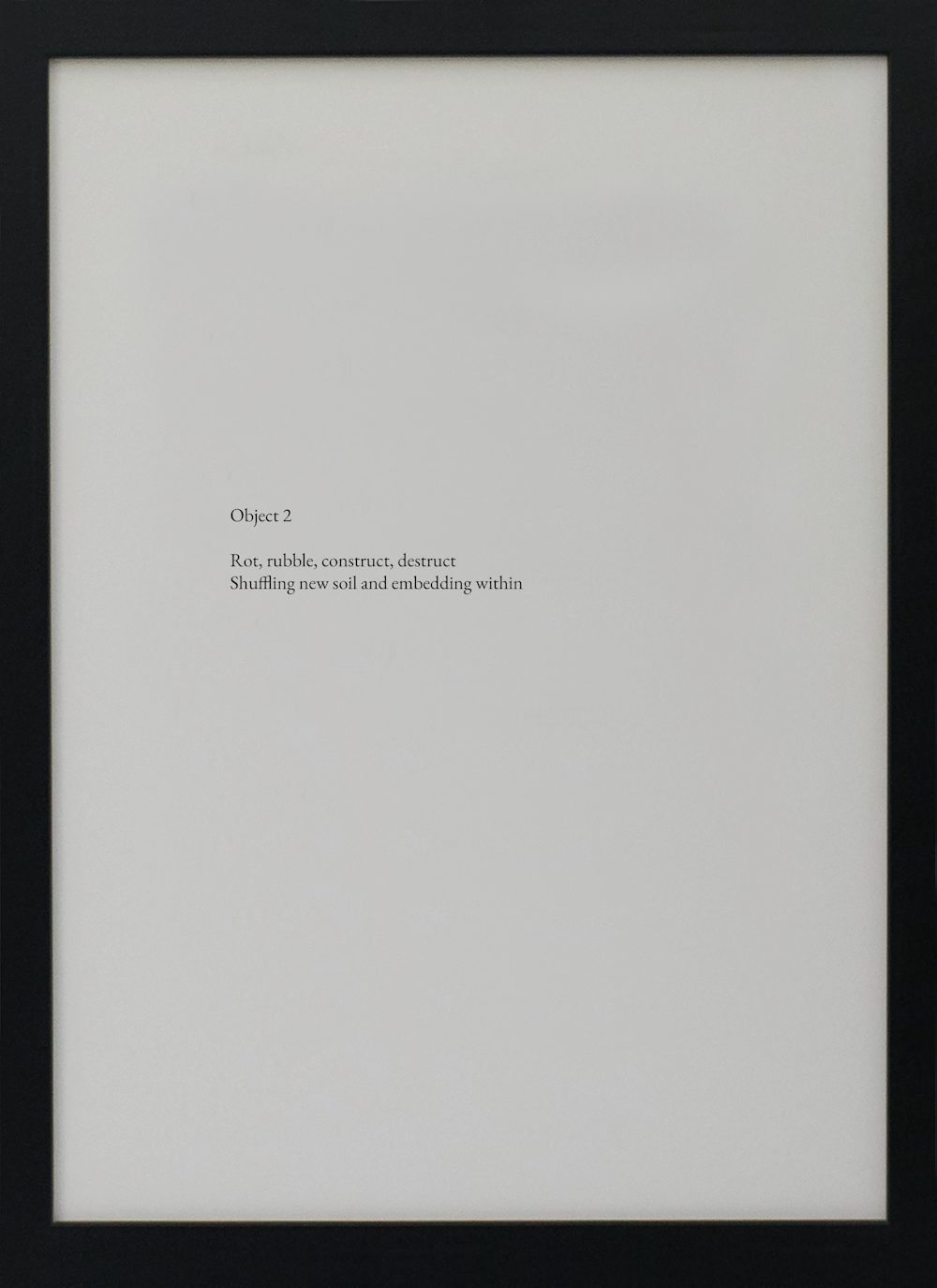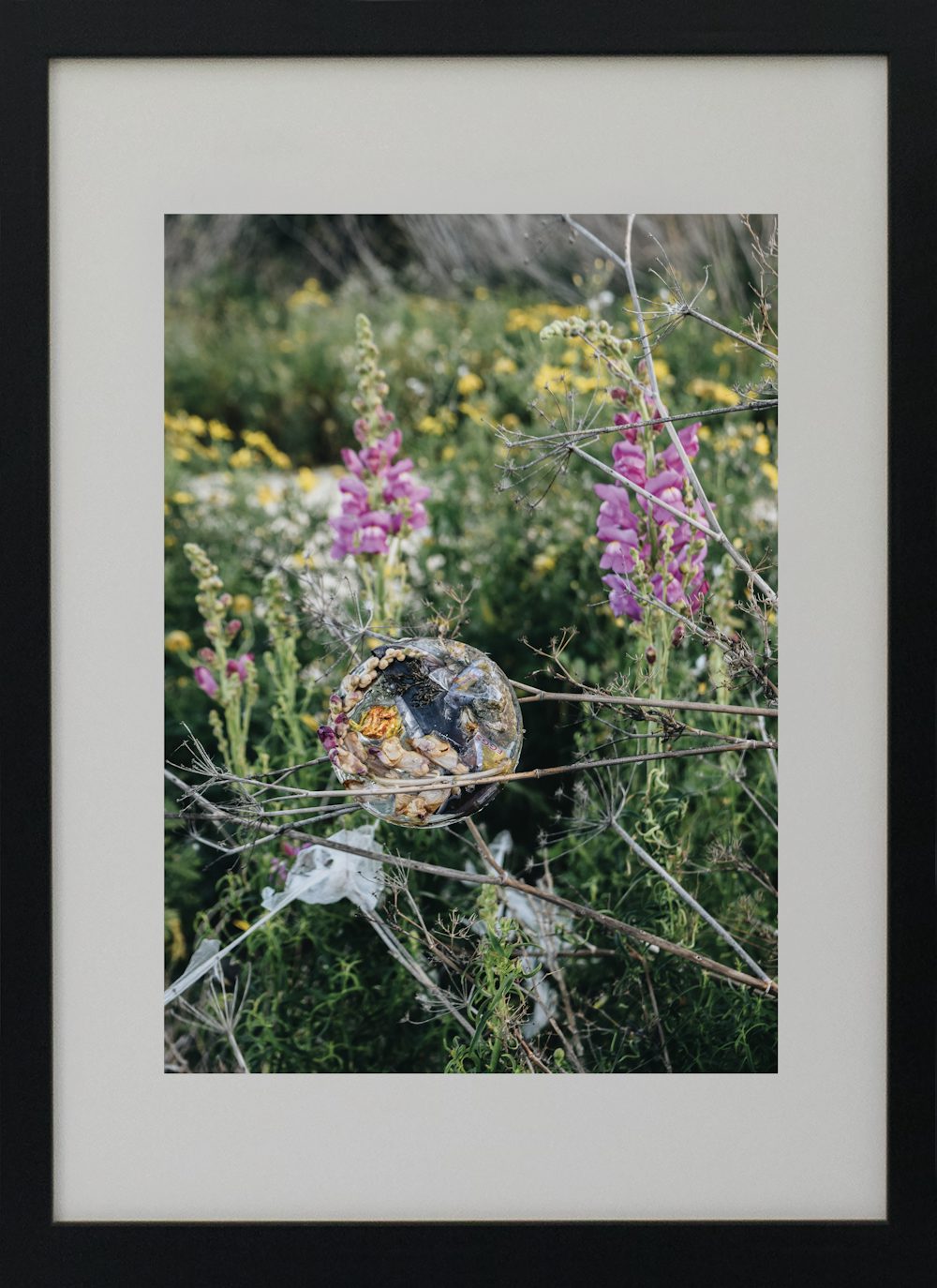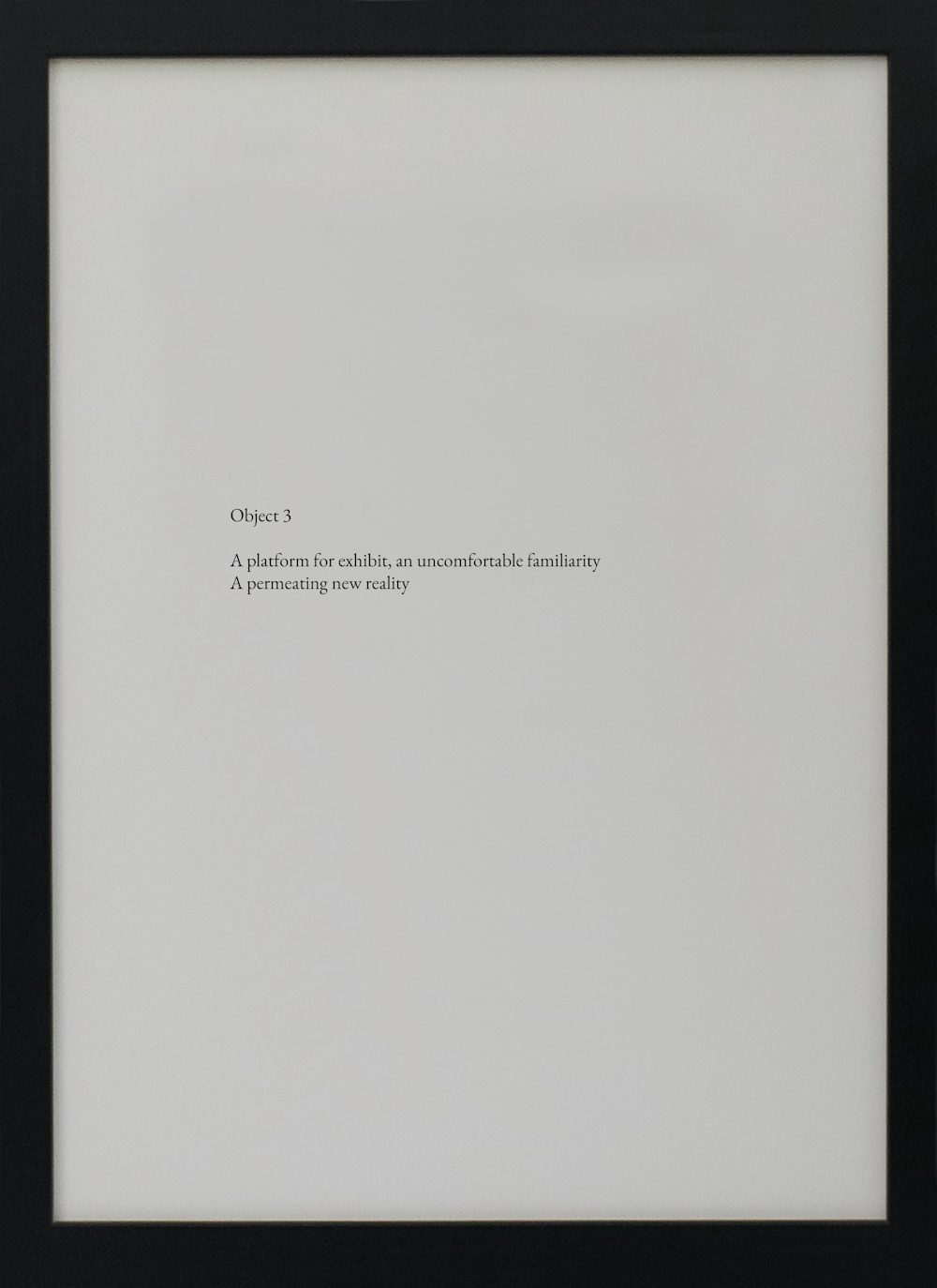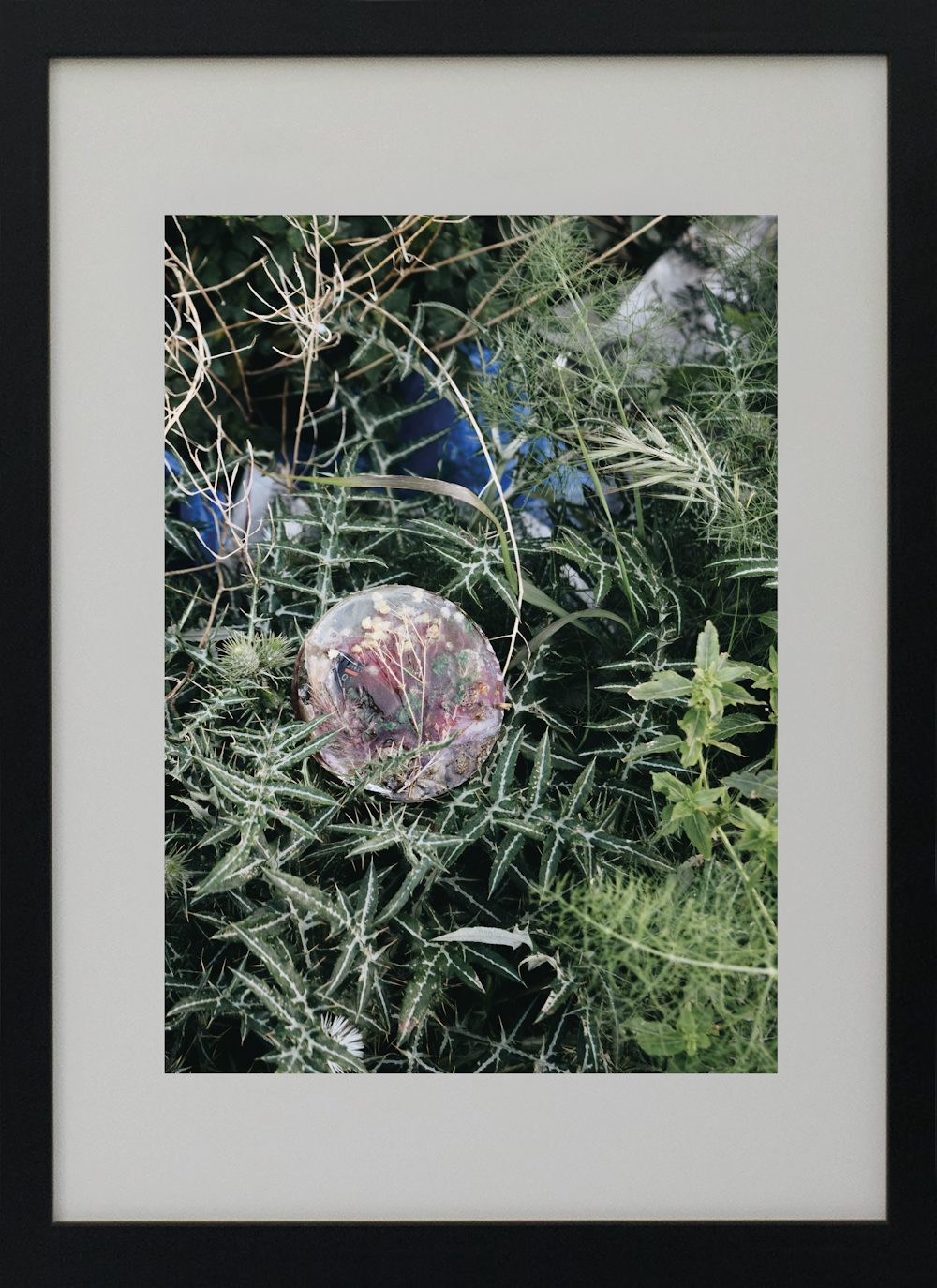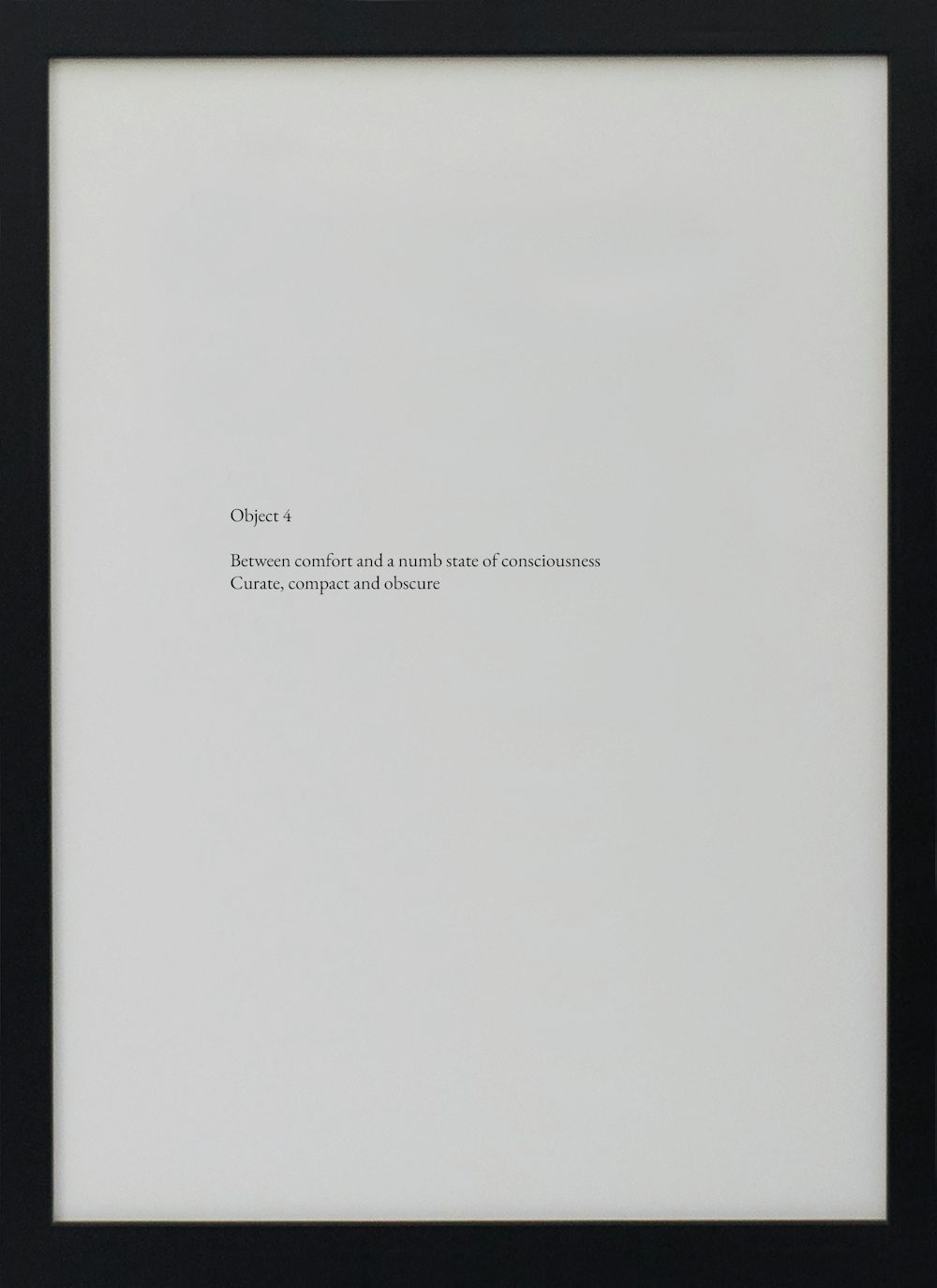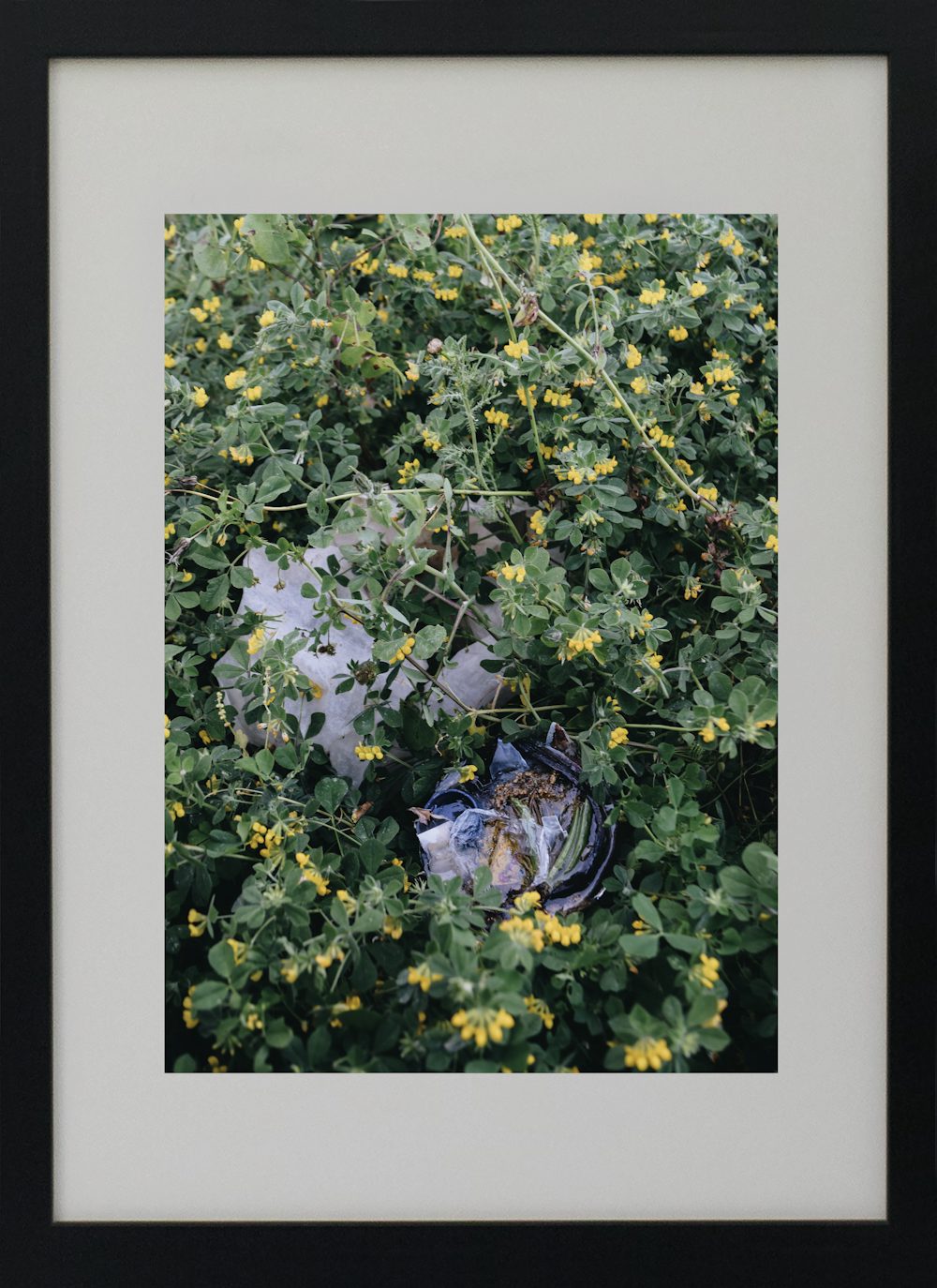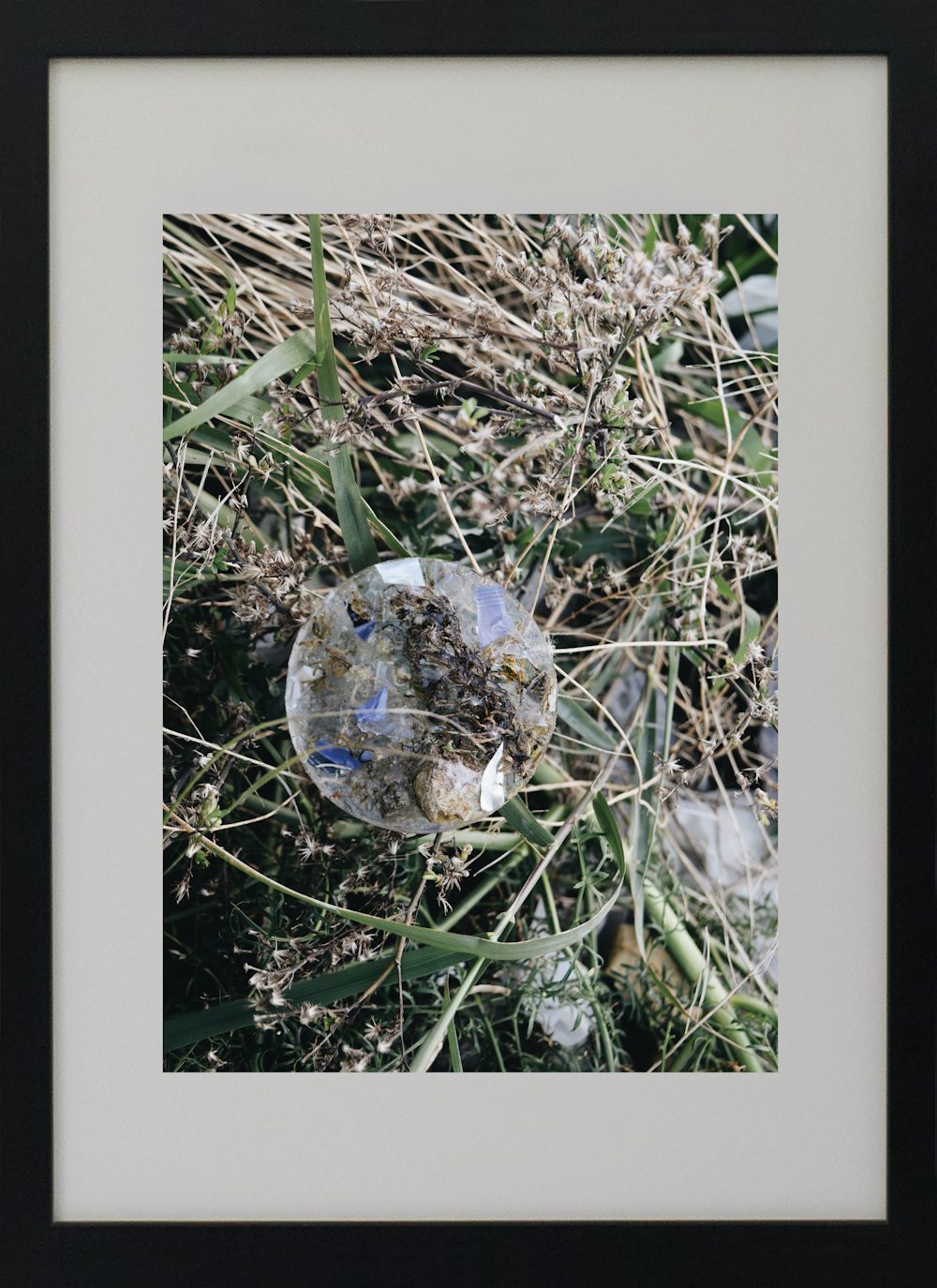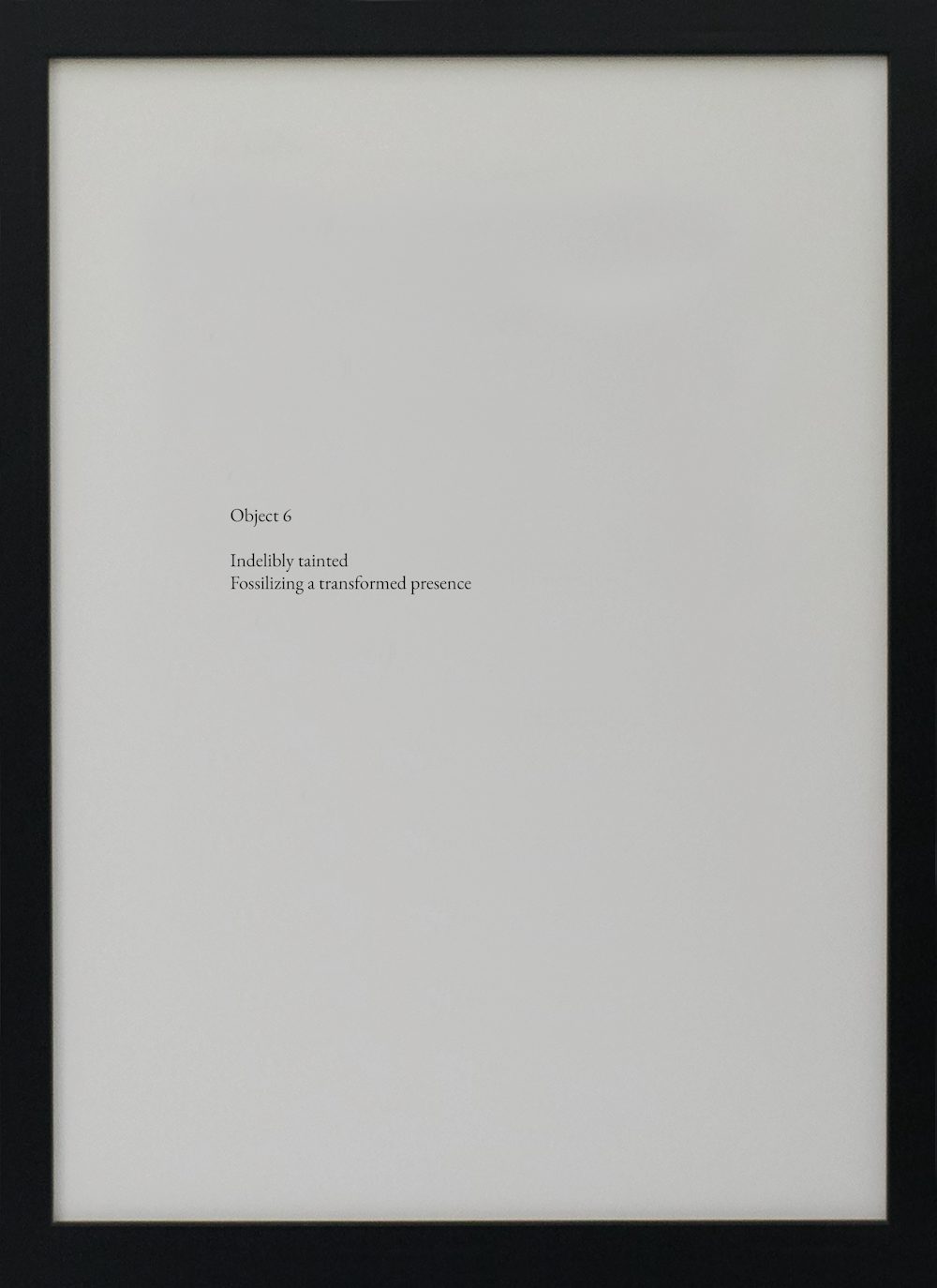Julia Frendo
"Living Off Landfills"
Section MS10, Matthew Darmour-Paul
Keywords: environment, extraction, waste, photography, archival-practice
Living off Landfills challenges the ideals behind the romanticised rewilding of waste landfills as we obscure mountains of waste beneath new soil. Landfills have become our contemporary landscapes, large mounds controlling and altering our horizons day by day.
The Stave Hill Ecological Park in Docklands is a prime example of a waste landfill that has given new life to a collection of micro-habitats. Established upon landfill and rubble in 1986, it has become a vital green space found within a dense urban area in London. The UK has seen a dramatic reduction in active landfill sites between 2006 and 2014 as recycling and incineration have taken precedence. London proposes to become a zero-waste city, however, it continues to produce 7 million tonnes of waste from homes, public buildings and businesses each year.
The Dustmens Strike held in London in 1979 created a growing awareness and fear for the wastefulness of the post-war consumer society. Mountains of rubbish were left to accumulate and dominate the city, creating a disturbance representative of the violence imposed by humanity’s ‘throw away culture’. The growing concern, however, was instantly pushed aside once all rubbish was removed from the public's vicinity. Unfortunately, this obscuration does not reduce the effects in play and closed landfills continue to have a negative impact on our environment as the solid waste is left to decompose and release methane, a gas 21 times more potent than carbon dioxide.
Has the act in concealing a direct confrontation with our waste and the effects of its accumulation promoted the issue rather than growing the necessary awareness and concern? Could these parks provoke more awareness of the ugly truth beneath the regained wildlife and soil?
Looking at the landscape as an archive in itself, through compiling imagery and studies of the new organisms given life at Stave Hill Ecological Park, the project explores a confrontation with the reality of these mounds. British wildflowers are one of the main attractions of Stave Hill Ecological Park, as Britain has seen the loss of 97% of its wildflower meadows and native flora, giving the park a prominent role in their regrowth. The project provides a play of iterating between the conflicting tensions of the reclaimed natural world and the waste seeping beneath the surface. It is a collection of a series of experiments of compiling, curating and casting pieces that represent the layers within this tension of rewilding, wildflowers and waste. The project re-fabricates the untold stories of the layers of these converted contemporary landscapes and places them into a new perspective where the viewer chooses to read the pieces individually or as a part of the natural surroundings they are exhibited within.



